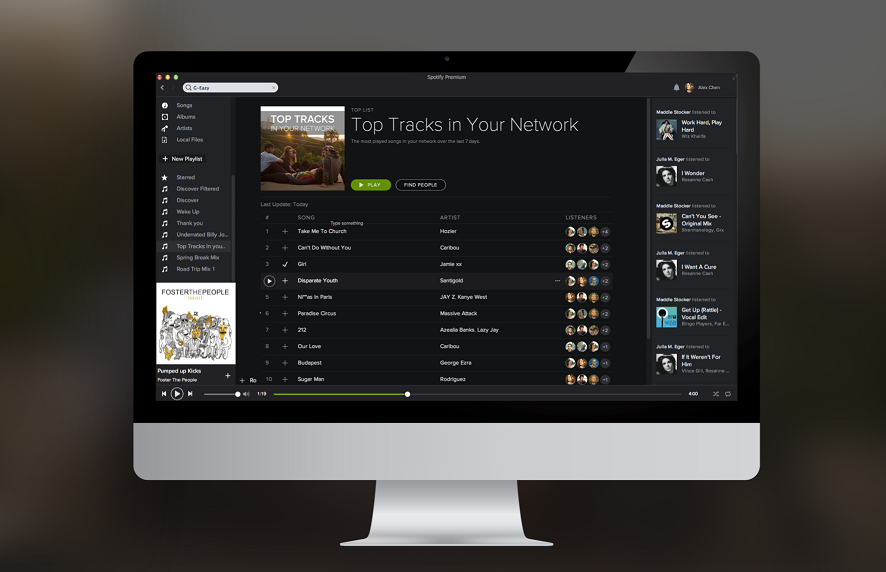The music industry doesn’t look much like it did 20 years ago. No longer do album sales define the success of an artist, no longer are they the main source of income for the artist and no longer is the listener relatively limited in the location where he can enjoy his music. Streaming audio disrupted the music industry. In this video we have a look at what happened, why it happened and what may happen in the near future. The main focus is on Spotify as a platform.
The effects Spotify has had on the music industry are substantial. The fact that the revenue model has become completely different, is only the tip of the iceberg. Spotify – and competing services – have made discovering new music incredibly easy. For the first time in history the music collection isn’t limited to shelf space. Also, much more than some decades ago, the social aspect is far more present. Sharing tracks and playlists and discovering new music together are important aspects of Spotify.
Spotify is a platform mediated network with two sides: on the supply side we find the content creators, the artist, and on the demand side the listeners. The exponential growth of Spotify has taken place through network effects: the accumulation of more artists led to more users, and vice versa. The value for one side of the network depends on the amount of users on the other side. These effects are known as cross-sided network effects. With over 100 million users and over 40 million songs, Spotify is one of the largest streaming providers in the world.
One of the biggest issues for Spotify is the fact that it is having great difficulties in making profits. It is normal for a start-up to make losses for a couple of years, but the losses Spotify is reporting are serious: 200 million dollars over 2014.
The reason for this is a difficulty that is present in many platforms: pricing. One side of the network usually has to be subsidized in order to gain popularity from the other side. Clearly, Spotify is spending more on payments to artists than is it earning through its premium account sales and through advertising.
Solving this and becoming profitable is likely to be the main objective for Spotify right now. This may involve drastic measures, such as raising the premium subscription fee, showing more ads, lowering the royalty rates, or significantly increasing the number of subscriptions. Of course, these ‘solutions’ adversely affect each other, making it a bit of a nightmare to find the optimal strategy.
We think the best way to move forward is to start by further increasing the value Spotify offers to the user. This will justify a higher premium subscription fee, and lead to more free users, thus increasing the advertisement cash flows. Raising the value can be done in many ways, but two important ones are by further improving the prediction algorithm, which is often criticized, and by attracting even more artists to the network.
– Team 56

